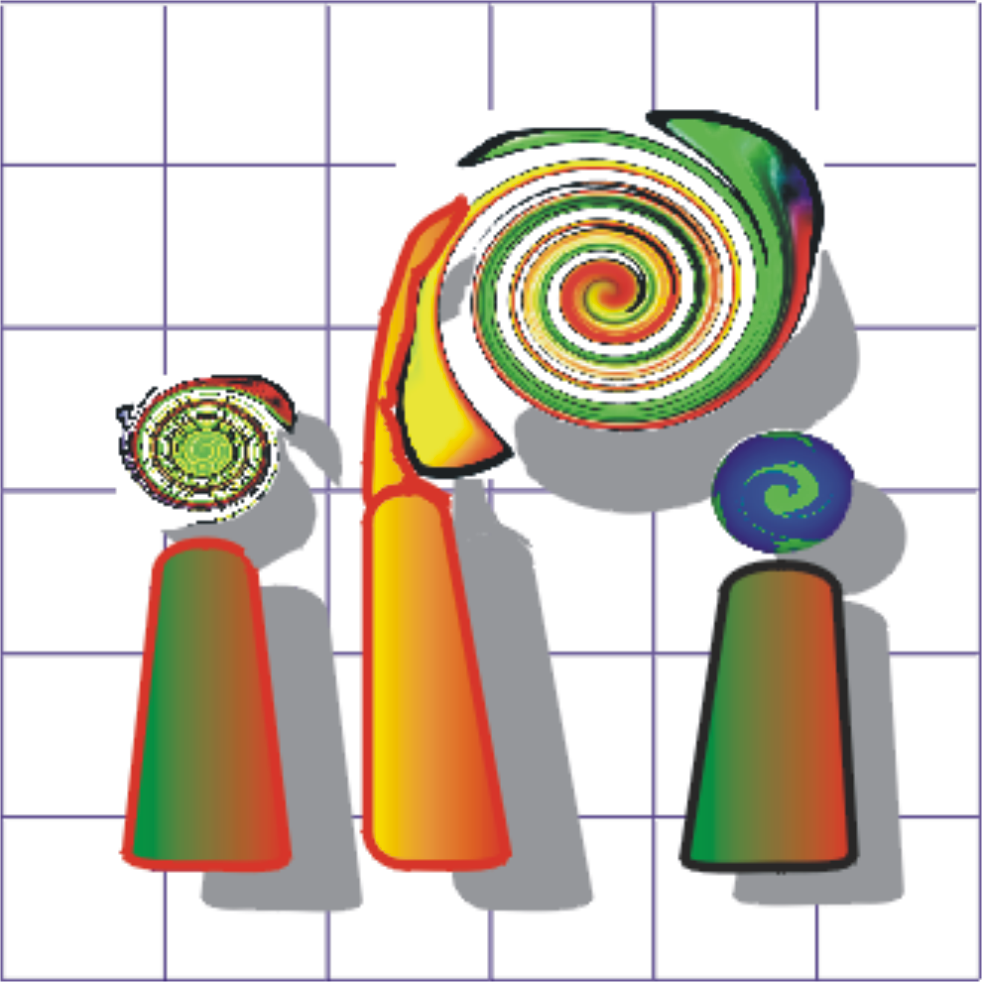Acquisition and update of the geospatial land use layer of ALKIS®
| Team: | L. Albert |
| Year: | 2014 |
| Duration: | since 01/2013 |
| Is Finished: | yes |
Project partners:
- Landesamt für Geoinformation und Landentwicklung Niedersachsen (LGLN)
- Landesamt für Vermessung und Geoinformation Schleswig-Holstein (LVermGeo-SH)
- Institute of Cartography and Geoinformatics, Leibniz Universität Hannover (ikg)
Motivation:
The german cadastral and surveying authorities intend to have an automatic update process of the land use layer (TN for “Tatsächliche Nutzung” – “real land use”) of the Authoritative Real Estate Cadastre Information System (ALKIS®). This geospatial land use database contains a detailed and area-wide description of the actual land use, which represents important information with high benefit for several users. The important drawback of this database is the high effort required for the update process, which is currently done by field inspections and in the context of cadastral survey. In the case of fast land use changes due to urban growth or land use conversion, this database becomes outdated quickly.
Goals:
The goal is to develop an automatic update process of large-scale geospatial land use databases applying image analysis techniques. For this purpose, current remote sensing data and derived products (aerial images, orthophotos, digital surface models, digital terrain models) and additionally thematic geospatial data are used as input data. Firstly, the geospatial database is compared to current remote sensing data in order to detect contradictions between the ALKIS® land use layer and the actual land use class. If a contradiction is detected, a new land use class should be predicted based on land cover information. The automatic verification and prediction of land use objects is performed in a two-step approach. In a first step, a pixel-based land cover classification is applied, whose results serve as input for a successive object-based land use classification. Furthermore, the geometrical shape of the land use objects should be verified. This is done by a comparison of the object boundaries to land cover information. In the case of deviations, the object boundaries are adapted to the actual line indicated by the land cover information.
Fig. 1: Orthophoto (left), results of the land cover classification (centre) and land use classification (right) of an urban scene | ||


